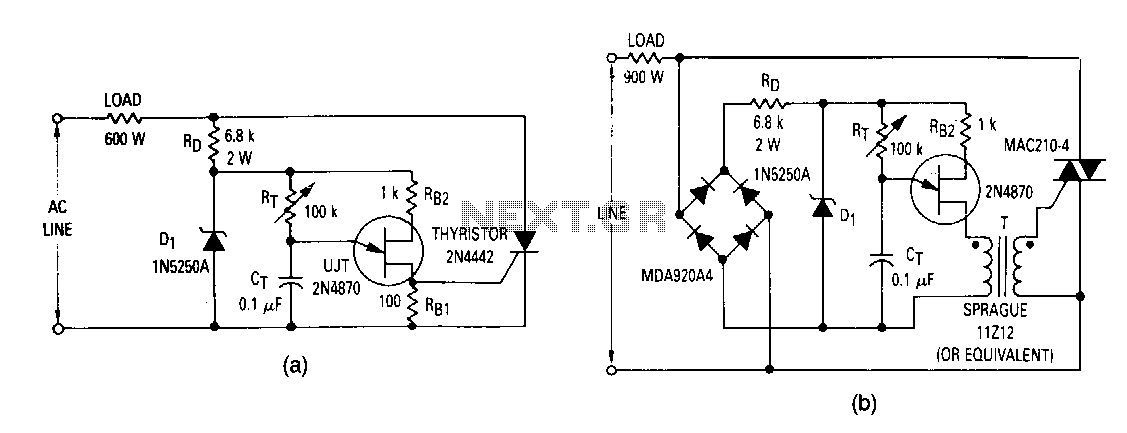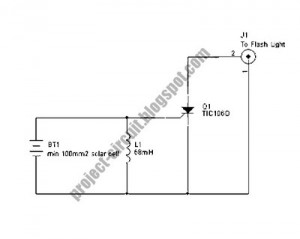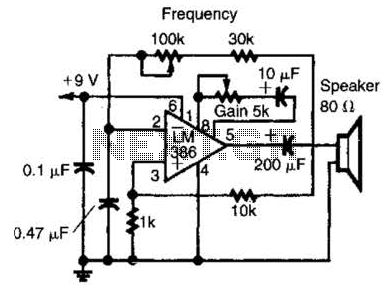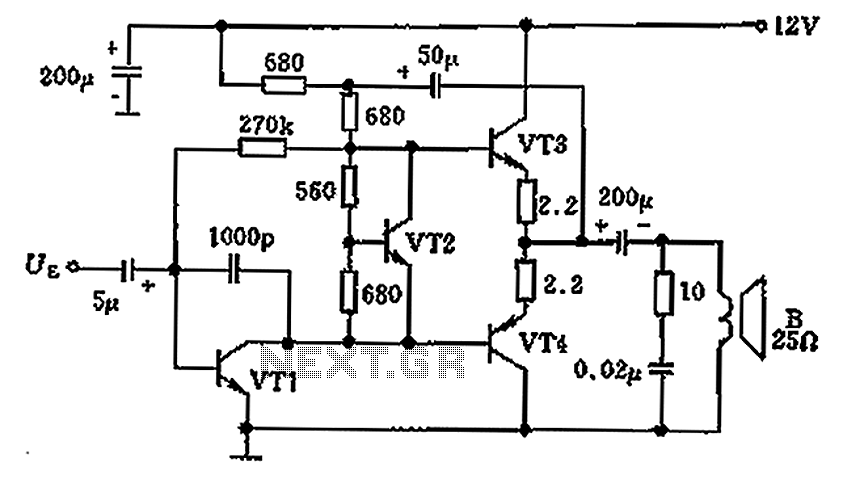
AM radio intermediate frequency amplification and detection circuit
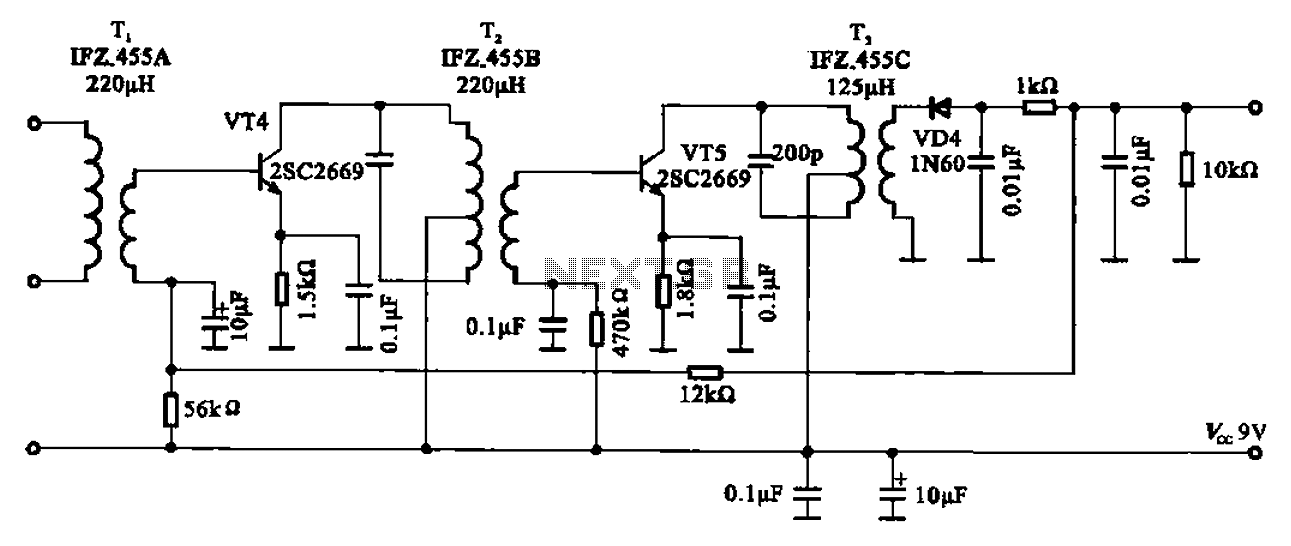
AM radio shows the IF amplifier and detector circuit. The mixer receives the intermediate frequency output signal from the transformer after the device. This signal is applied to the base of the intermediate frequency transistor VT4. The collector load of VT4 is connected to the primary winding of the intermediate frequency transformer T2, which has a primary winding of 200 pF parallel capacitor resonant circuit, resonating at 465 kHz. The secondary of T2 connects to the base of the transistor VT5, which amplifies the IF signal. This amplified signal is then sent through the intermediate frequency transformer T3 to the detection circuit. The detector diodes VD4 remove the modulated audio signal from the intermediate frequency carrier and transfer it to the audio power amplifier. An AGC signal, formed via a 12 kΩ resistor, is applied to the base bias of VT4.
The AM radio circuit described encompasses essential components for the amplification and detection of intermediate frequency (IF) signals. The mixer serves as the initial stage, where the incoming RF signal is combined with a local oscillator signal to produce an IF signal. This IF signal is routed to the base of the transistor VT4, which is configured to amplify the signal. The collector load of VT4 connects to the primary winding of transformer T2, which is designed to resonate at 465 kHz, ensuring optimal signal transfer and amplification.
Transformer T2 plays a crucial role in filtering and isolating the desired IF frequency from unwanted signals. The inclusion of a 200 pF capacitor in parallel with the primary winding enhances the resonance, allowing for efficient signal processing. The secondary winding of T2 is connected to the base of the transistor VT5, which further amplifies the IF signal. This amplification stage is critical for maintaining signal integrity before it is sent to the detection circuit.
The output from VT5 is directed to intermediate frequency transformer T3, which serves as a coupling stage to the detection circuit. The detection circuit employs diodes VD4, which are responsible for demodulating the audio signal from the IF carrier. This process effectively removes the modulation, allowing the original audio signal to be extracted and forwarded to the audio power amplifier for further amplification and output.
Additionally, an automatic gain control (AGC) mechanism is implemented through a 12 kΩ resistor, which generates a control voltage applied to the base of VT4. This AGC signal helps maintain consistent output levels by adjusting the gain of the amplifier based on the input signal strength, thereby improving the overall performance and reliability of the AM radio circuit.AM radio shows of the IF amplifier and detector circuit. Mixer from the mixer IF output signal level of the intermediate frequency transformer after the device Ti, is applied t o the base of the intermediate frequency transistor VT4, VT4 collector load is intermediate frequency transformer primary winding T2, the primary winding 200 P parallel capacitor resonant circuit, resonant at 465 kHz, T2 secondary IF amplifier tube connected to the base of the pole VT5 by VT5 amplified IF signal, and then the intermediate frequency transformer T3 to the detection circuit, detector diodes VD4 modulated audio signal on an intermediate frequency carrier remove, transfer audio power amplifier, while forming via a resistor 12kn AGC signal is applied to the base bias on VT4.
The AM radio circuit described encompasses essential components for the amplification and detection of intermediate frequency (IF) signals. The mixer serves as the initial stage, where the incoming RF signal is combined with a local oscillator signal to produce an IF signal. This IF signal is routed to the base of the transistor VT4, which is configured to amplify the signal. The collector load of VT4 connects to the primary winding of transformer T2, which is designed to resonate at 465 kHz, ensuring optimal signal transfer and amplification.
Transformer T2 plays a crucial role in filtering and isolating the desired IF frequency from unwanted signals. The inclusion of a 200 pF capacitor in parallel with the primary winding enhances the resonance, allowing for efficient signal processing. The secondary winding of T2 is connected to the base of the transistor VT5, which further amplifies the IF signal. This amplification stage is critical for maintaining signal integrity before it is sent to the detection circuit.
The output from VT5 is directed to intermediate frequency transformer T3, which serves as a coupling stage to the detection circuit. The detection circuit employs diodes VD4, which are responsible for demodulating the audio signal from the IF carrier. This process effectively removes the modulation, allowing the original audio signal to be extracted and forwarded to the audio power amplifier for further amplification and output.
Additionally, an automatic gain control (AGC) mechanism is implemented through a 12 kΩ resistor, which generates a control voltage applied to the base of VT4. This AGC signal helps maintain consistent output levels by adjusting the gain of the amplifier based on the input signal strength, thereby improving the overall performance and reliability of the AM radio circuit.AM radio shows of the IF amplifier and detector circuit. Mixer from the mixer IF output signal level of the intermediate frequency transformer after the device Ti, is applied t o the base of the intermediate frequency transistor VT4, VT4 collector load is intermediate frequency transformer primary winding T2, the primary winding 200 P parallel capacitor resonant circuit, resonant at 465 kHz, T2 secondary IF amplifier tube connected to the base of the pole VT5 by VT5 amplified IF signal, and then the intermediate frequency transformer T3 to the detection circuit, detector diodes VD4 modulated audio signal on an intermediate frequency carrier remove, transfer audio power amplifier, while forming via a resistor 12kn AGC signal is applied to the base bias on VT4.
Warning: include(partials/cookie-banner.php): Failed to open stream: Permission denied in /var/www/html/nextgr/view-circuit.php on line 713
Warning: include(): Failed opening 'partials/cookie-banner.php' for inclusion (include_path='.:/usr/share/php') in /var/www/html/nextgr/view-circuit.php on line 713
